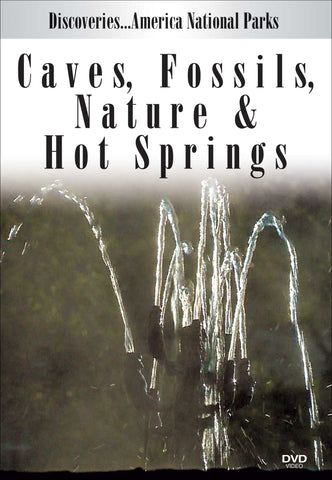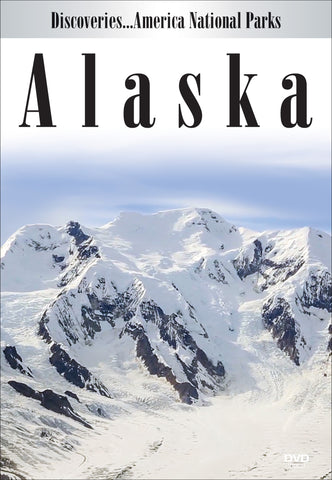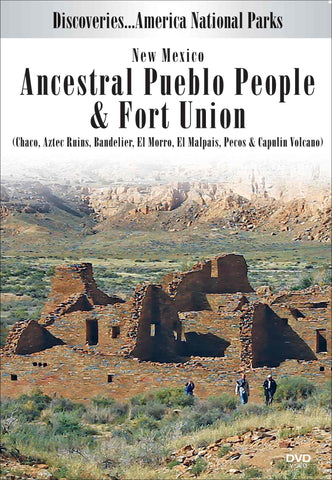The National Park Service tells the story of a very bleak chapter in American history. In 1942, in reaction to the Japanese attack on Pearl Harbor, the United States government ordered more than 110,000 men, women and children to leave their homes and detained them in remote, military-style camps. Japanese Americans and legal immigrants were unjustly imprisoned in these concentration camps until the end of WWII.
"Personal Justice Denied" Decades later, having determined the government actions were based on "race prejudice, war hysteria, and a failure of political leadership, the government attempted to correct this violation of human rights by offering apologies and reparations to the survivors. The National Park Service has preserved several camp locations as a reminder to this and future generations of the fragility of American civil liberties. Densho.org preserves irreplaceable firsthand accounts of survivors, to explore principles of democracy and promote equal justice for all.
NP14 REVIEW: The Midwest Book Review
Part of the "Discoveries... America National Parks" series, Japanese American Incarceration 1942-1945 is a documentary about places of twentieth-century American injustice on a colossal scale. In 1942, after the Japanese attack on Pearl Harbor, the American government ordered the extended detention of 110,000 Japanese-Americans and legal immigrants. Men, women and children were forced from their homes, and kept alive in remote, militarized concentration camps.
Disease took a lethal toll on an imprisoned, innocent population - not a single one of them was ever convicted of espionage or sabotage. In order to remind the nation that such an egregious violation of civil and human rights must never happen again, The National Park Service has preserved several camp locations, while Densho.org records the firsthand account of concentration camp survivors. Gut-wrenching, profound, and an unforgettable lesson of history, Japanese American Incarceration 1942-1945 is a "must-have" for public library DVD shelves. 50 min.
NP14 REVIEW: Video Librarian
Discoveries...America National Parks: Japanese American Incarceration 1942-1945 (2013) 56 min. DVD or Blu-ray: $24.95. Bennett-Watt HD Productions. PPR. ISBN: 978-1-60490-172-6 (dvd), 978-1-60490-195-5 (blu-ray). This unusual entry in Jim and Kelly Watt’s acclaimed Discoveries...America National Parks series focuses on the incarceration "camps" that imprisoned Japanese-American U.S. citizens during World War II.
Combining archival materials with contemporary research (including video interviews of camp survivors), the film touches on the history of how and why peaceful Japanese-Americans were considered dangerous following Japan's air assault on Pearl Harbor in December 1941. But most of the attention here is on what has been done by federal and state governments to preserve and restore such camps as Poston, Manzanar, Minidoka, and Tule Lake.
In some cases, little remains in such places aside from signs commemorating the former imprisonment of innocent people. At other sites, however, much of the basic camp infrastructure is still in place, albeit in disrepair. Viewers learn about efforts to make these places a draw for visitors—largely as a reminder of a shameful chapter in U.S. history, but also as a symbol of the resilience of Japanese-Americans who lost everything (including their freedom). Full of powerful personal testimonies, this eye-opening travelogue is highly recommended. Aud: P. (T. Keogh)
NP14 REVIEW: Booklist
Japanese American Incarceration, 1942-1945. Bennett-Watt, DVD, $24.95. (9781604901726) During WWII, more than 110,000 Japanese Americans and Japanese immigrants were rounded up and detained in "remote, military-style" camps. This new entry in the ongoing Discoveries... America National Parks series begins with period footage and stills of the Japanese attack on Pearl Harbor. The National Park Service has preserved some of these camps, including Manzanar, as National Historic Sites.
The Manzanar site features a well-designed visitor center filled with exhibits showcasing the detainees' experiences. Interviewed staff share emotional stories, and the director of a project that collects oral histories explains the importance of documenting this painful event in U.S. history. Most of the buildings are no longer standing, but Japanese rock gardens remain as testimonials to the courageous men and women who maintained their culture despite the dire circumstances. Several other camps under development for similar memorials are briefly visited in this well-organized program, which mixes history and travel information. -- Candace Smith.




